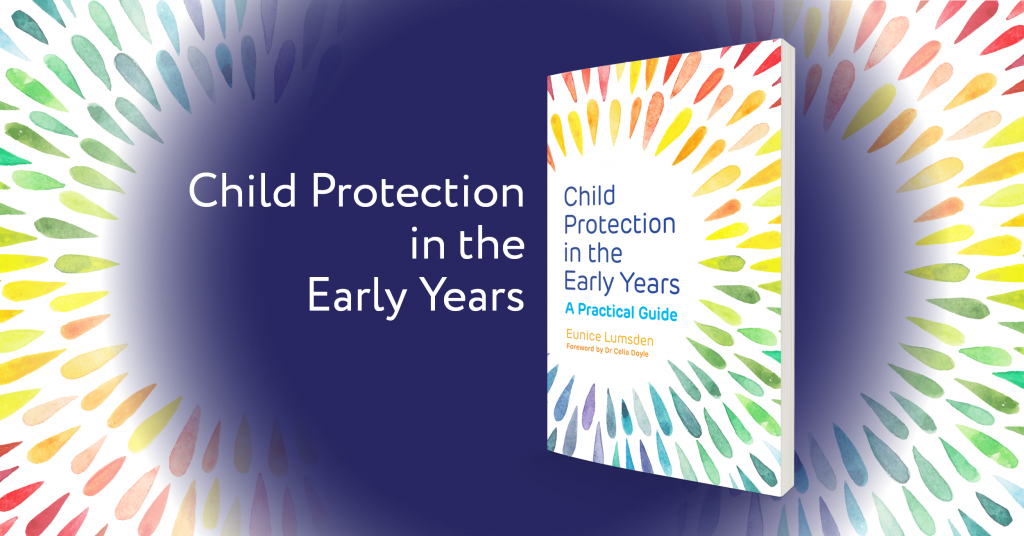Young children are among the most vulnerable people in our community. Protected, cherished and encouraged to explore their world, they will flourish, but exploited, molested or subjected to violence or neglect, they will struggle to do so. Because Early Years practitioners relate so closely and for so many hours with young children, they are key professionals when it comes to safeguarding.
The essential role of Early Years staff was brought home to me during the many years I worked at the front line of child protection. I observed that they are the experts in communicating with pre-verbal children or those with limited verbal skills. Furthermore, every day they see lots of happy, thriving children, and so instinctively recognise one who, despite a cheerful façade, is neglected and suffering. Those involved in Early Childhood Education and Care (ECEC) can appear approachable and non-threatening, so parents experiencing difficulties with their children will feel comfortable confiding in them. However, too often in the past staff engaged in ECEC had difficulty expressing their concerns or making their voices heard. I recall attending a case conference where the parents were absent.
The chairperson gave a young, female practitioner, introduced as a ‘nursery nurse’, very little opportunity to contribute, asking her to simply state whether the children attended nursery regularly. Before she could add anything else, the chairperson brusquely moved on to the other contributors. In the moments before the conference ended, the nursery nurse managed to mention that the mother had confided that she was pregnant again. Accordingly, just as everyone was preparing to leave, we all had to sit back down and spend another half an hour discussing the implications of this new development, given that it made many of our earlier recommendations irrelevant or inappropriate.
This example illustrates that while Early Years practitioners undoubtedly have superlative skills in observation, communication and in relating to young children and their families, some may need help and guidance to articulate their concerns or raise issues assertively with other professionals; Child Protection in the Early Years: A Practical Guide will assist with this. The book is designed to enhance basic knowledge of safeguarding and the impact of abuse on children’s development. It will help ensure practitioners know how to recognise, record and report concerns. Readers are given insights into the relevance of attachment theory, the significance of policy and procedures, and the importance of working with others. Finally, the creation of an environment that promotes the development of traumatised children is discussed. There are exercises, reflection points, case studies and practice points, all designed to help readers assimilate information while the material is presented in a highly readable form.
Child Protection in the Early Years will prove a valuable resource in providing those working in ECEC with the knowledge and guidance to help them take full advantage of their skills and understanding in order to safeguard children.
From the foreword by Dr Celia Doyle
Author Eunice Lumsden is Head of Early Years at the University of Northampton, UK. She is a registered social worker with over thirty years’ experience, specialising in children and families.
If you would like to read more articles like this and get the latest news and offers on our early years books, why not join our mailing list? We can send information by email or post as you prefer. You may also be interested in liking our Special Ed, PSHE and Early Years Resources Facebook page.
